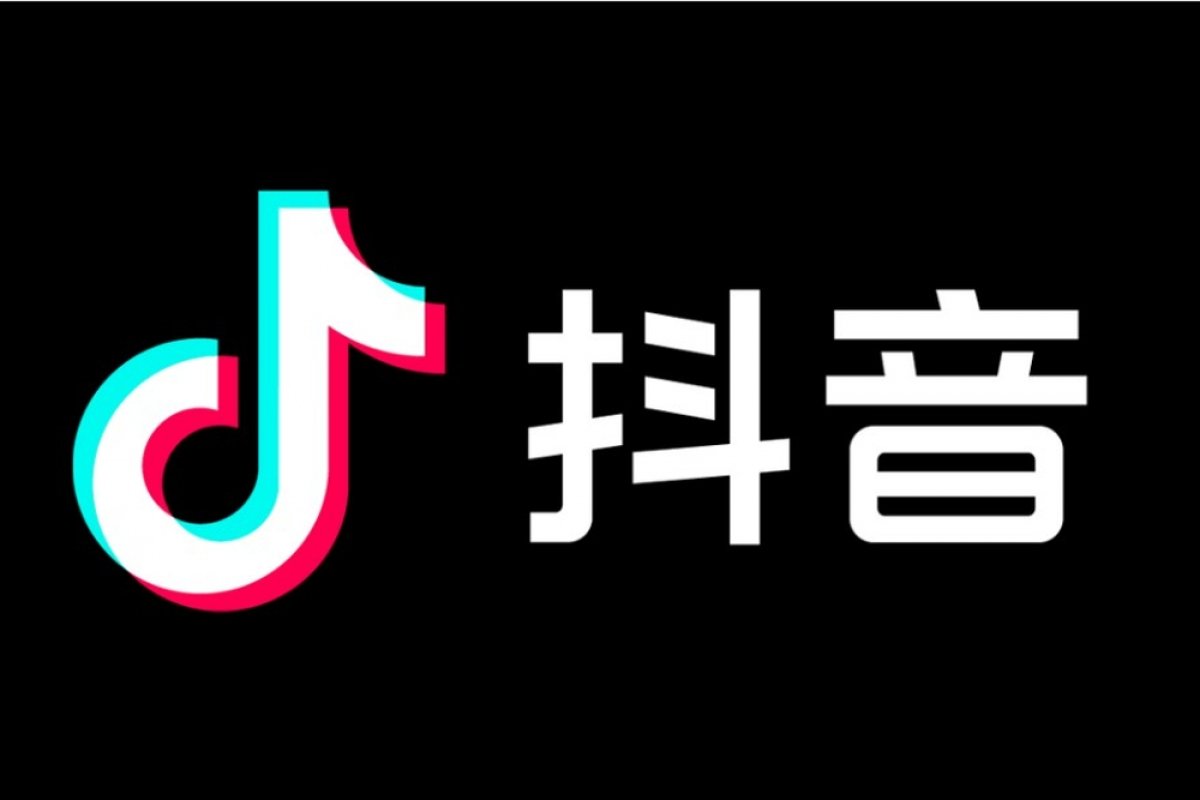
In today's digital age, China's social media landscape is as diverse and vibrant as its culture. From messaging apps that keep people connected to platforms that turn everyday users into viral sensations, Chinese social media offers a unique glimpse into the country's rapidly evolving tech space. But with so many options available, one might wonder: What are all these Chinese social media platforms used for? Let's dive into the world of Chinese digital communication to understand how these platforms shape social interactions, business engagements, and even governance in the world's most populous nation.
is the most popular social media and communication platforms in China, boasting over 1.3 billion monthly active users. It combines features of international social media platforms like WhatsApp, Facebook, Instagram, TikTok, and Twitter.
- Instant Messaging: Users can send text, voice, video, image, and emoticon messages, akin to WhatsApp and Line.
- Moments: Similar to Facebook's newsfeed, where users share snippets of their lives.
- WeChat Groups: Allows users to create or join group chats for communication, file sharing, and posting group notices. It's suitable for social interactions, work collaboration, and information dissemination.
- Official Accounts: Businesses and individuals can create these for news and article publishing. Followers receive push notifications of new content and can interact, such as liking, commenting, and sharing. These accounts serve as vital marketing tools for businesses, offering a channel for customer service, consultations, post-sale support, and integration with WeChat Pay for e-commerce activities like online sales and booking services. Many leverage advanced WeChat features, like custom menus, automated responses, and analytics, enhancing user experience and management efficiency. However, WeChat's algorithm tends to favor established accounts, presenting challenges for newcomers, despite a trend of decreasing this bias. It focuses more on private domain and in-group dissemination, combining elements of Twitter and Facebook.
- Video Accounts: Similar to TikTok, these offer a platform for posting and viewing short videos, supporting likes, comments, and shares, and are suitable for personal expression, brand promotion, and content marketing.
- WeChat Pay: One of the most popular payment methods in China, with growing global influence.
RED
is a social media and e-commerce platform established in 2013. Initially a platform for sharing overseas shopping information, it has evolved into a comprehensive lifestyle sharing platform. It's particularly favored by overseas Chinese and is akin to a combination of Instagram and Pinterest.
- Content Sharing: Users can post images, videos, and text notes, sharing life experiences, product reviews, and travel diaries.
- Social Interaction: Users can like, comment, collect, and forward posts, engaging with others.
- E-Commerce: Features an integrated shopping platform where users can directly purchase products recommended in posts.
- Community Focus: Centers on user interests and interactions, creating interest-based communities. Users follow others, topic tags, and interest groups, sharing and exchanging with like-minded individuals. This community structure encourages personal experience sharing and lifestyle content.
- Unique Algorithm: Personalizes content experiences based on user browsing and interaction history, considering content quality, engagement, and timeliness. It also emphasizes content diversity and novelty, avoiding echo chambers. The algorithm exposes users to new topics and authors, enhancing user stickiness and offering exposure opportunities for new users and creators. Thus, follower count is less weighted, focusing more on organic 'grassroots' mechanisms with less commercial bias, leading to higher trust among audiences.
- High Usage Among Overseas Chinese: Due to its unique mechanisms, RED has high localization, popular among overseas Chinese for lifestyle guides and content sharing, also serving as a search engine.
Douyin,
launched by ByteDance in 2016, is a hugely popular short video social platform in China. It allows users to create and share videos ranging from 15 seconds to 3 minutes, with a strong focus on entertainment content. Please notice that although Douyin and TikTok have similar features, Douyin is not TikTok.
- Video Creation: Users can craft videos using various tools and effects, including music, filters, and special effects.
- Social Interaction: Offers liking, commenting, sharing, and following other users.
- Content Discovery: Through the "For You" and "Following" pages, users can browse videos.
- Algorithm and Personalization: The platform's strong algorithm customizes video recommendations based on user interactions like watch time, likes, and comments, though it prioritizes traffic, potentially affecting localization. This personalization ensures a unique experience for each user and has received positive feedback.
- Business Model: Includes various advertising formats such as splash ads and in-feed ads, supports direct product links in videos for e-commerce, and offers live streaming and fan tipping for content creators.
Weibo,
similar to Twitter, has been a significant part of China's internet culture since its launch in 2010. It's the go-to platform for the latest hot topics and entertainment news.
- Basic Features: Allows posting "Weibo" (tweets) of up to 140 Chinese characters, with images, videos, and links. Users can follow others, comment, repost, and like.
- Social Network: A powerful tool for rapid information dissemination, often the breeding ground for trending topics and social events.
- Content Diversity: Covers news, entertainment, sports, fashion, technology, and more. Hot topics and tags on the platform aid in discovery and discussion.
- Influence and Commercial Value: Plays a significant role in public opinion and brand marketing, widely used by brands and businesses for product promotion and marketing.
- Celebrity Effect: Many celebrities, film stars, and public figures are active, influencing fans and the public with their updates and opinions.
- Advertising and Marketing: Offers various ad products and solutions to help businesses and brands increase visibility. Additional features like Weibo tasks and Weibo headlines enhance content visibility.




